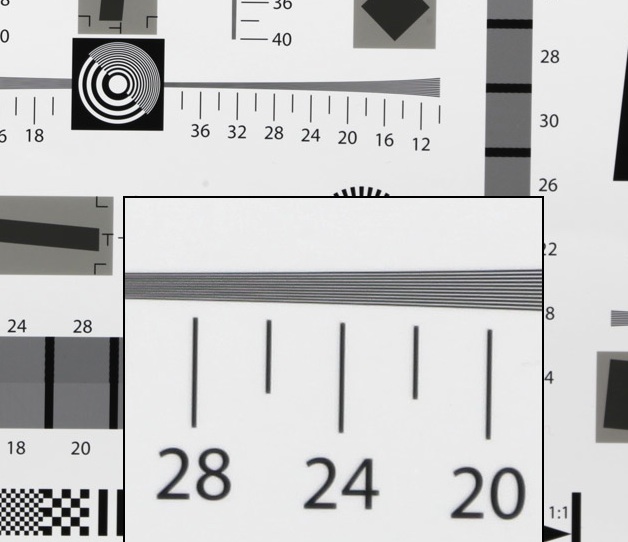It is just the standard Double-Gauss design that has been around in innumerable formulae's since 1817.

Double-Gauss lens - Wikipedia
en.wikipedia.org
Uncle Roger has a great series of articles on optical designs too.

Lens Genealogy Part 1
In which I begin to answer the question "Why Do You Put the Lens Diagrams on Your Website?" Where do new lens designs come from? I knew that today's lenses are all designed using computer programs, but I was surprised to find new lenses aren't designed from scratch. Designers start with an...www.lensrentals.com
What I actually find interesting is the element offset, the RF lens elements are set further forwards than the EF version and are an effective 'adapter', they are not using the advantages of the shorter flange distance here one bit, merely rejigging the thing to do the same. I'd expect performance to be somewhere between the EF 1.8 and EF 1.4, the key will be the way they have used the special element in green.
That isn't how lens design works. The centre of the lens elements for a lens of 50 mm FL needs to be about 50 mm away from the focal plane in a design that is as simple as possible. This is why it is the wider angles that tend to get smaller on mirrorless because the flange distance is smaller.
Additional glass is needed. when this FL to focal plane deviates.
Why do you think that the 70-200 nikon and sony lenses are about the same size as the DSLR ones? Why do you think the 50s are bigger than the nifty fifties from the DSLR cameras? Though the canon 70-200 is small when zoomed out it is about the same size as the rest zoomed in.
What canon can gain from the flange distance though is the fact that the rear lens can be bigger, and thus it should allow for better sharpness across the frame.
If this 50 is sharp wide open, and sharp in the corners it is already big gain over the EF50 stm. If it were quite as well.... that would be great.
Last edited:
Upvote
0
